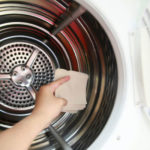1. Choose the appropriate quantity of clothes and washing time
It’s important to consider the quantity of clothes and washing time in order to save electricity, water, and time, as well as ensure effective cleaning of clothes and prolong the life of the washing machine.
If your household has a large number of members or you frequently wash a significant amount of clothes at once, it is advisable to choose a washing machine with a larger capacity than necessary (approximately 1 kg more) to ensure stable operation. Alternatively, you can divide the laundry into multiple loads. Overloading the washing drum with clothes can result in inefficient cleaning and motor overload. It is recommended to fill the washing drum with an amount of clothes ranging from 1/2 to a maximum of 3/4 of its capacity.
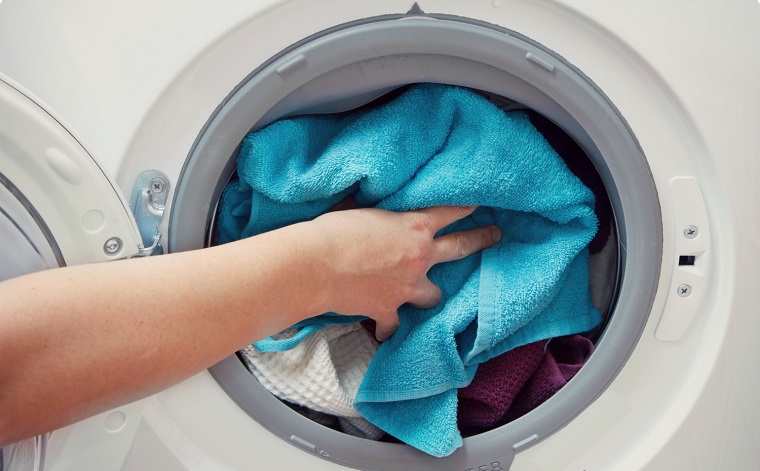
Illustrative image.
Modern washing machines offer various washing modes for different fabric types. Each mode has its own washing capacity and time, which can be found in the instruction manual. Choose the appropriate mode for the fabric type and adjust the washing time based on the level of dirt to achieve efficient and economical operation.
For fabrics with normal dirt levels, the recommended washing times are as follows:
It is also important to consider the type of soap and fabric softener. If they are not suitable, they may not dissolve completely and leave residue on the clothes. For front-loading machines, it is recommended to use liquid detergent, while for top-loading machines, you can flexibly use either powder or liquid detergent.
2. Regularly clean the washing machine
Over time, if not properly cleaned, the washing machine can accumulate dirt inside and outside the drum, resulting in increased friction and noisy operation. Additionally, limescale, moss, and dirt can build up in the hoses and valves, leading to improper water intake, wastage of electricity, and less effective cleaning of clothes.
Depending on the frequency of use, it is recommended to clean the washing drum and the entire machine every 3-6 months. If your washing machine does not have a self-cleaning function for the drum, you can set the longest washing time and run the machine without clothes and detergent. If the machine has a hot water washing mode, it is advisable to set the highest temperature.
You can easily clean the washing machine at home without the need for a technician by using washing machine cleaning tablets. Alternatively, if you don’t have access to cleaning tablets, you can use the following ingredients: 2 cups of vinegar, 1/4 cup of baking soda, 1/4 cup of clean water, and 1 sponge.

Illustrative image.
First, mix baking soda and water together, as this will be the main cleaning agent for the washing machine. Pour the mixture into the detergent dispenser of the washing machine, and pour vinegar into the washing drum. If your washing machine doesn’t have a separate detergent dispenser, you can pour the baking soda mixture and vinegar directly into the washing drum.
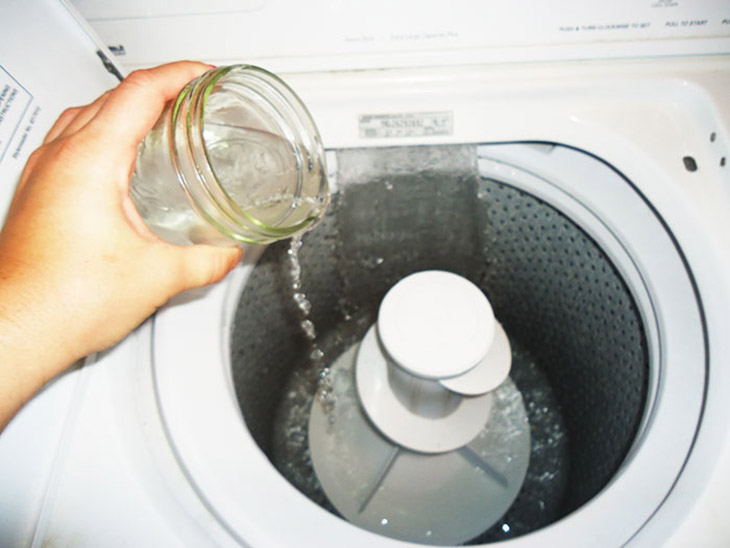
Illustrative image.
Close the door and start a full washing cycle to allow the baking soda and vinegar to naturally dissolve limescale and mold, while eliminating odors.
After the machine has finished, use a clean sponge to scrub around the machine’s opening, removing any dirt and long-term accumulated mold. Then, wipe it clean with water.
Regular cleaning brushes can be used to clean the rubber door seal, the inside of the lid, and the detergent and fabric softener compartments. These areas are prone to moisture and bacterial growth, so cleaning is necessary. For the exterior of the machine, unplug it and use a damp cloth to gently wipe it down.

Illustrative image.
While cleaning, it’s also a good opportunity to check for any leaks in the system, so any necessary repairs can be addressed promptly. If you are unable to perform the cleaning and inspection yourself, it’s recommended to seek assistance from repair and maintenance professionals.
3. Always clean the detergent compartment
The detergent compartment tends to accumulate soap residue, which can lead to the growth of bacteria over time. Cleaning the detergent compartment should be a regular part of your laundry routine. Thoroughly cleaning all the nooks and crannies will give you peace of mind when hanging up freshly washed clothes.
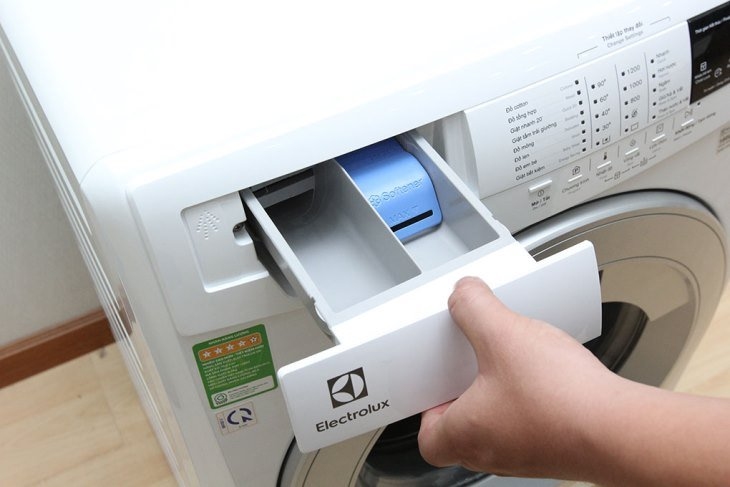
Illustrative image.
4. Use the proper amount of detergent
It is important to use the appropriate amount of detergent as instructed by the manufacturer. Using too much detergent does not necessarily result in cleaner clothes. Using the correct amount ensures clean clothes, saves money, and promotes safe operation of the washing machine.
To use the washing machine correctly, avoid using too little detergent as it may not effectively clean the clothes. Follow the recommended quantity calculated and measured by experts, and use the detergent as instructed.
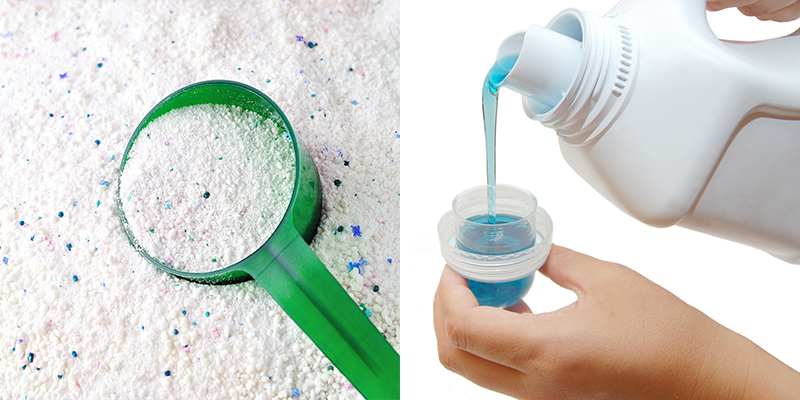
Illustrative image.



























